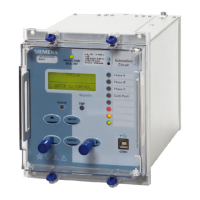
Do you have a question about the Siemens 7SR210 and is the answer not in the manual?
Allows reconfiguring the relay for different system conditions like plant switching or load changes.
Input points programmable for relay functions, LEDs, or outputs, used for signals like inhibits, trip circuit status.
Discusses potential mal-operation of binary inputs due to capacitance current and methods for immunity.
Default pick-up time delay of 20ms provides immunity to AC current induced from cross-site wiring.
Mapped to output functions via settings, used for trips, pick-up, plant control signals. All are trip rated.
Output-function LEDs mapped to functions for status display (trips, pick-up). Can be self or hand reset.
Provides time/current operate characteristics, either IDMTL or DTL, for grading studies.
Explains using two independent characteristics for composite curves, two-stage tripping, or directionalization.
Discusses reset delay for electromechanical relays and its importance for intermittent faults and auto-reclose schemes.
Reduced voltage indicates faults, used to make 51 elements more sensitive, applied to transformer incomers and long lines.
Uses alternative settings for cold load conditions after CB re-closure, typically higher than normal settings.
Independent setting for pick-up current and DTL for time grading and co-ordination.
Combines instantaneous and DTL elements for blocked schemes, improving fault clearance times over normally graded relays.
Detects low-level earth faults, providing backup to main protection with a DTL characteristic.
Operates for faults in forward or reverse direction, defined by power flow relative to the busbar.
Used with directional overcurrent relays to prevent operation on single phase to earth faults when unbalanced voltage is present.
Measures zero sequence current and compares it against zero phase sequence voltage for directional earth fault detection.
Detects low-level earth faults in transformer windings by monitoring unbalanced CT currents.
Detects unbalance in phase currents, indicating faults or unbalanced load, problematic for rotating plant.
Used in control logic for auto-changeover, auto-switching, and loss of load indication.
Estimates real-time thermal state of cables/transformers based on past and present current levels.
Detects abnormal undervoltage conditions due to overloads or system faults, and overvoltages that can damage insulation.
Detects earth faults where little or no earth current flows, often due to HV feeder trip at HV side.
Cost-effective method for deriving residual voltage using capacitor cones and external adaptor units.
NVD voltage derived from three phase to neutral voltages; may mal-operate during VT Fail condition.
Detects phase unbalances, used for monitoring busbar supply quality rather than detecting system faults.
Implemented for load shedding based on frequency deviations, typically for generator-load balance.
Specifies CT classes (10P10, 5P20) and VA ratings for industrial and utility systems.
Details CT classes (10P10, 5P20) and VA ratings for industrial and utility distribution networks.
Earth fault protection uses same CTs as phase fault; requirements are less onerous than for overcurrent.
Recommends low reactance CTs (IEC 60044 Class PX) for high impedance REF, with identical turns ratios and knee point voltage.
Automatic reclosing for transient faults on overhead lines to minimize supply loss and manual intervention.
Provides 4 phase fault recloses (2 instantaneous, 2 delayed) and 2 SEF recloses.
Demonstrates auto-reclose sequence with 2 instantaneous and 2 delayed recloses using Quicklogic.
Applications of quick logic for control functions, enabling flexible scheme configuration.
Illustrates an auto-changeover scheme where CB3 closes to re-supply loads after an incomer fault is isolated.
Detects circuit breaker failure to operate, initiating re-trip or back-trip actions to clear faults.
Detects CT failures by monitoring unbalanced currents and NPS voltage to differentiate from system faults.
Supervises VT integrity, detecting failures via unbalanced voltages and NPS current to avoid misoperation.
Monitors integrity of the CB trip circuit wiring, providing alarms for failures.
Details connections for trip circuit supervision (schemes H5, H6, H7) to monitor wiring integrity.
Detects high levels of 2nd Harmonic current indicating transformer inrush, preventing incorrect trip commands.
Detects open circuit or load imbalance using NPS current, indicating a broken conductor condition.
Provides counters for CB trip, wear, and frequent operation to estimate maintenance needs.
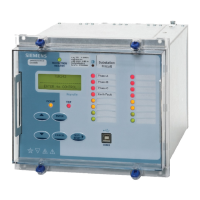
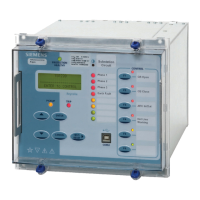
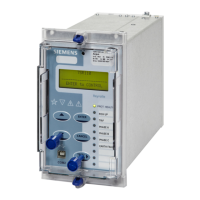

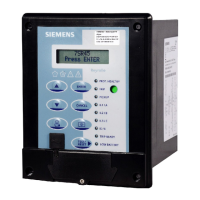
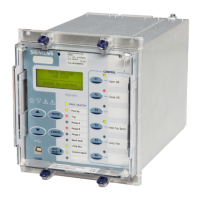

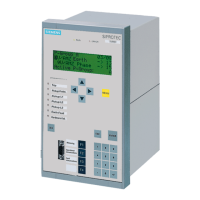
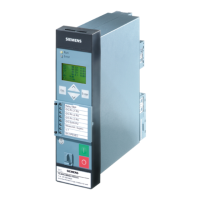
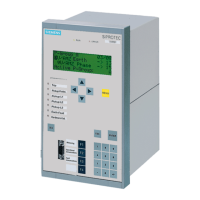

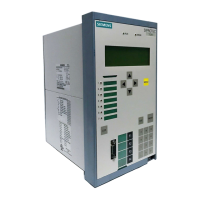
